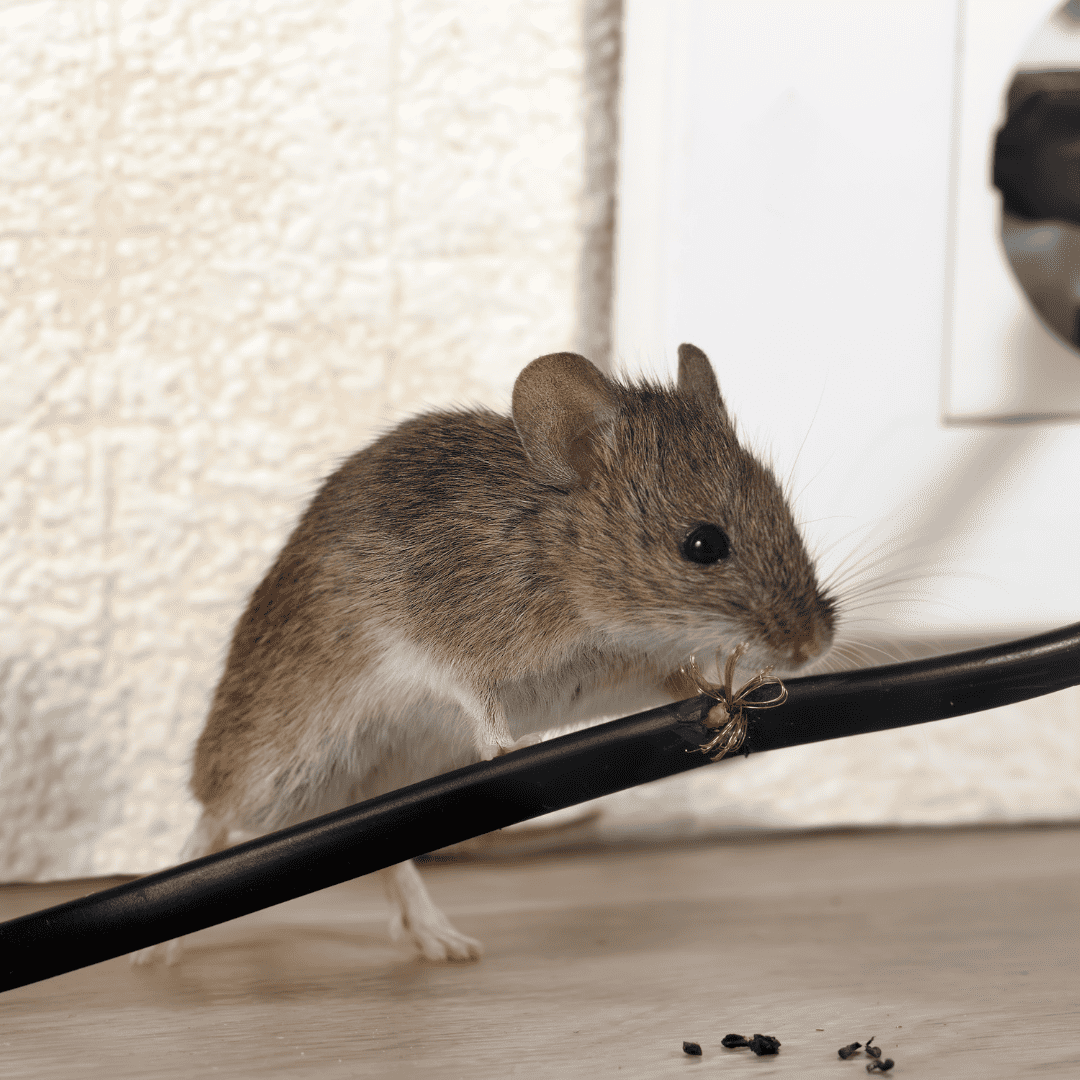Rodents are one of the most common pests across the United States. This pest invades the homes and properties of 1 in 3 Americans each year according to the National Pest Management Association. The preferred habitats of rodents vary by species, while some burrow in lawns others may choose to take up residence in your home.
With colder temperatures on the horizon, many species of rodents will be looking for food, water, and shelter to pass the winter, and your home may provide the perfect conditions.
While lawn rodent activity generally peaks in the summer, they will not up and leave your property during the winter. They will burrow down deeper to pass the extreme temperatures.
There are many species of rodents native to the Midwest. If these pests have chosen to reside in your home or lawn, follow our quick identification guide to determine which kind of rodent is plaguing your home.
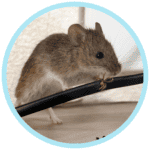
HOUSE MOUSE
The house mouse is one of the most common rodents seen within a home. They range from light brown to dark grey in color with white undersides. The average size of an adult house mouse is 2.5-3.75”. This pest will generally nest in secluded structures such as basements or inside walls, cabinets, and appliances. The house mouse is mainly active at night and will feed on seeds and just about any human food.
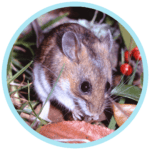
DEER MOUSE
The deer mouse is brown in color with white feet and undersides. They have a brown and white furry tail. They typically range from 2.75-4” in size. This pest prefers outdoor nesting sites such as garages, barns, and wood structures. When they find their way inside the home, they can be found in walls, drawers, or cluttered storage areas. The deer mouse prefers to feed on insects and seeds; however, they may eat pet food once inside the home. Hazards of this rodent include the spread of diseases, such as Hantavirus.
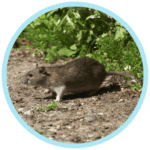
NORWAY RAT
The Norway rat is brown and black in color with lighter underbellies. An adult ranges from 7-9.5” in size. This pest prefers nesting on ground level, typically found in basements. The Norway rat will eat virtually anything and can cause significant damage due to gnawing.
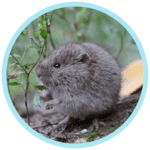
EASTERN MEADOW VOLE
The lawn damage caused by an eastern meadow vole is often mistaken for that of a mole. This rodent is dark brown to grey in coloring, measuring about 3.5-5” in size. It is rare that this pest will enter a home, however, they can wreak havoc on lawns and gardens. Their feeding habits include grasses, seeds, fruits, and tree bark.
Regardless of what species of rodent you have, Rottler is here to help. Contact us today for speedy solutions to all your rodent issues at 877-768-8537 or customerservice@rottler.com.

